First, well wishes of health and safety. I am presenting a toy data set and problem in regard to plotting multilevel data. I have manipulated my data to solve the age old debate of which gives you a worse stomach ache, candy or hot dogs, but the structure of this code mimics my workflow so far.
#load reproducible data
SEdata <- read.table(sep="\t", text="
Phase Food BellyAche .upper .lower NumberEaten
One Hotdog 1.619398 1.791600 1.573005 1
One Hotdog 1.639763 1.873902 1.574589 2
One Hotdog 1.670704 2.017667 1.576659 3
One Hotdog 1.718359 2.257239 1.579538 4
One Hotdog 1.792363 2.613699 1.582602 5
Two Hotdog 2.100298 3.837023 1.612238 6
Two Hotdog 2.361419 4.849432 1.636528 7
Two Hotdog 2.737556 6.210441 1.673419 8
Two Hotdog 3.262118 7.832566 1.727361 9
Two Hotdog 3.963321 9.651391 1.806301 10
Two Hotdog 4.853788 11.417294 1.916514 11
Two Hotdog 5.921110 13.011963 2.063637 12
Two Hotdog 7.124559 14.209065 2.276479 13
Two Hotdog 8.400826 15.080815 2.564494 14
Two Hotdog 9.677213 15.670715 2.943689 15
One Candy 1.607732 1.735073 1.572547 1
One Candy 1.612335 1.750510 1.573150 2
One Candy 1.618680 1.783547 1.573605 3
One Candy 1.627416 1.828664 1.573896 4
One Candy 1.639511 1.896757 1.574104 5
Two Candy 3.308415 7.686174 1.767004 6
Two Candy 4.396891 10.113005 1.942515 7
Two Candy 5.901714 12.291984 2.286095 8
Two Candy 7.757451 14.026539 2.858342 9
Two Candy 9.769149 15.157586 3.845456 10
Two Candy 11.678319 15.817868 5.306654 11
Two Candy 13.275916 16.184320 7.239952 12
Two Candy 14.473242 16.374915 9.497268 13
Two Candy 15.293162 16.472143 11.619491 14
Two Candy 15.817047 16.521788 13.348949 15", header=TRUE, stringsAsFactors=FALSE)
SEdata$Phase <- factor(SEdata$Phase)
SEdata$Food <- factor(SEdata$Food)
My target figure splits between phase 1 and 2 with a facet and plots the two different food types for the number eaten and the relative belly ache one would have from this. In my first example, I plot the data with two facets, but you will find that the plots have identical x axes; however, this leaves a lot of blank space between phase 1 and 2. Remember, the goal is to have the x axis of plot 2 be the next observation following the last plot point in plot 1.
#load required libraries
library(tidyverse)
#Plot one:
SEdata %>%
group_by(Food) %>%
ggplot(aes(x = NumberEaten, y = BellyAche, color = Food)) +
facet_wrap(~ Phase) +
geom_point() +
geom_ribbon(aes(ymin=.lower, ymax=.upper), linetype=1, alpha=0.1)
#scale_fill_brewer()
What I have gleaned is that the recommended way to get rid of this empty space is to change
facet(~phase)
to
facet_wrap(~ Phase, scales = "free_x")
The result does indeed make the x axis continuous, but the incremental scale and removes the unnecessary blank space in the figure.
The figure code and output are as follows:
SEdata %>%
group_by(Food) %>%
ggplot(aes(x = NumberEaten, y = BellyAche, color = Food)) +
facet_wrap(~ Phase, scales = "free_x") +
geom_point() +
geom_ribbon(aes(ymin=.lower, ymax=.upper), linetype=1, alpha=0.1)
The problem with the second plot is now that the axis ticks on the x axis are no longer the same.
So that is where I come to you. Can anyone help me identify a way to make the axis of the second faceted plot consistent with the first?





